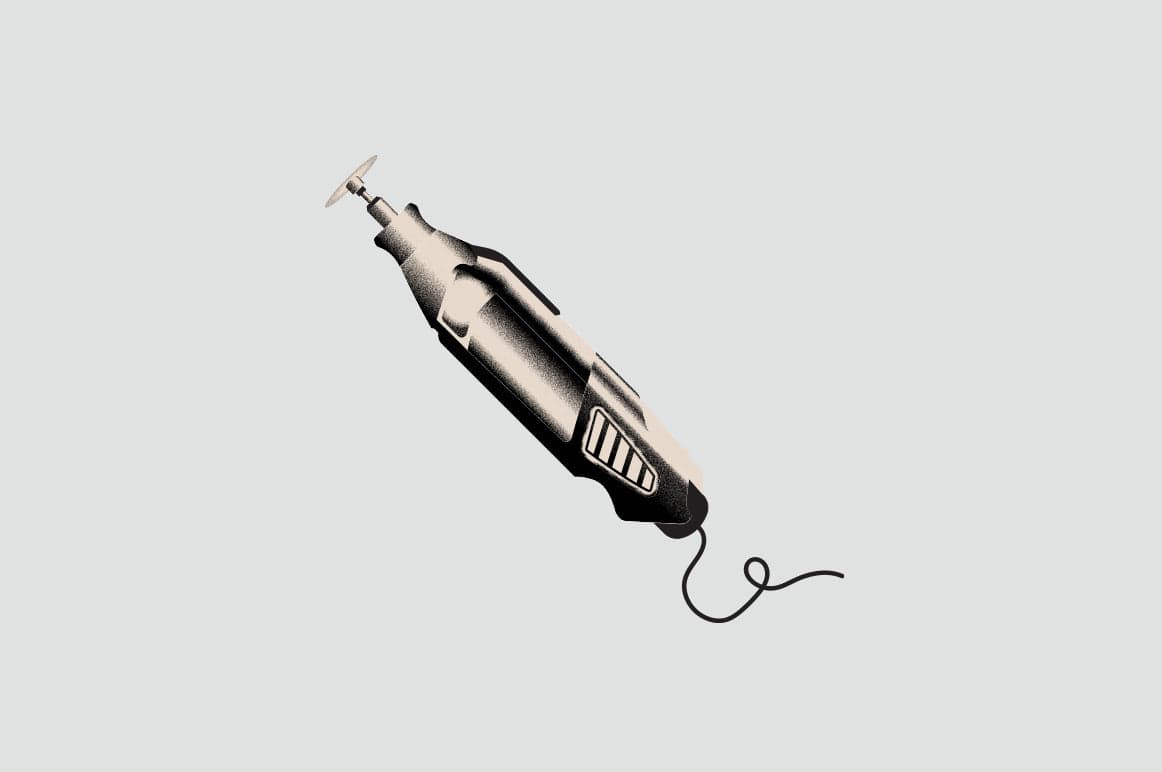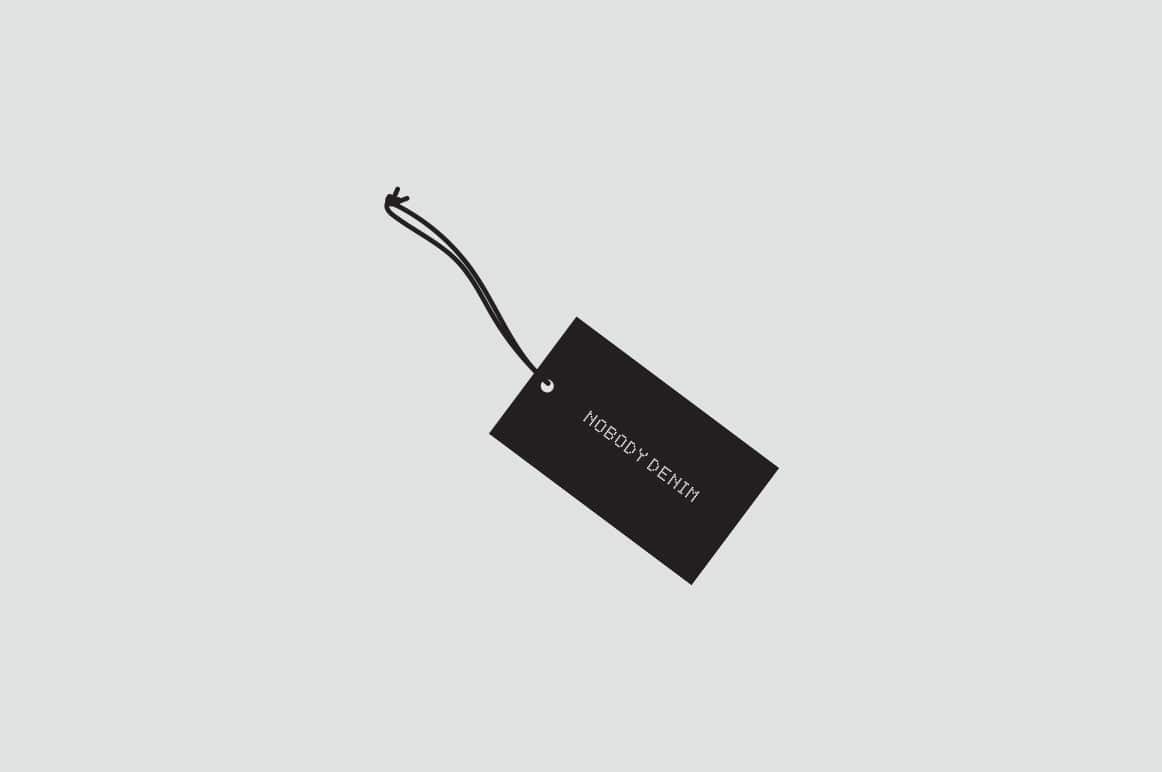Fibretrace x Nobody Denim
Grown On Australian Soil, Made By Australian Hands

The First Certified Carbon Positive Denim Collection.
Nobody Cares - we care about our impact, and we want to empower our team and customers to contribute to improved environmental production standards.
We can’t do this without the power of transparency.
We are proud to partner with FibreTrace, an indestructible transparency technology that follows our product from raw fibre source right through to finished product.
FibreTrace was built on the belief that every fibre tells a story… the Nobody Denim and FibreTrace collection tells the story of Good Earth Cotton.
This collection is grown on Australian soil, and made by Australian hands.
Grown in Moree, New South Wales, Australia by the Statham family, second generation cotton farmers.
The Statham family have been committed to implementing best practice farming such as using organic composite waste matter, extensive use of solar and renewable energy, crop rotation, minimal tillage (or turning) of the soil and ensuring the surrounding valley supports growth of native vegetation - it is home to more than 42,000 birds representing 47 species.
As a result, the cotton plantation has been independently certified as carbon positive, meaning its growth actually reduces carbon emissions in the atmosphere. Hence its name, Good Earth Cotton.
RELATED PRODUCTS
The first carbon positive denim collection has arrived in light authentic indigo.

















